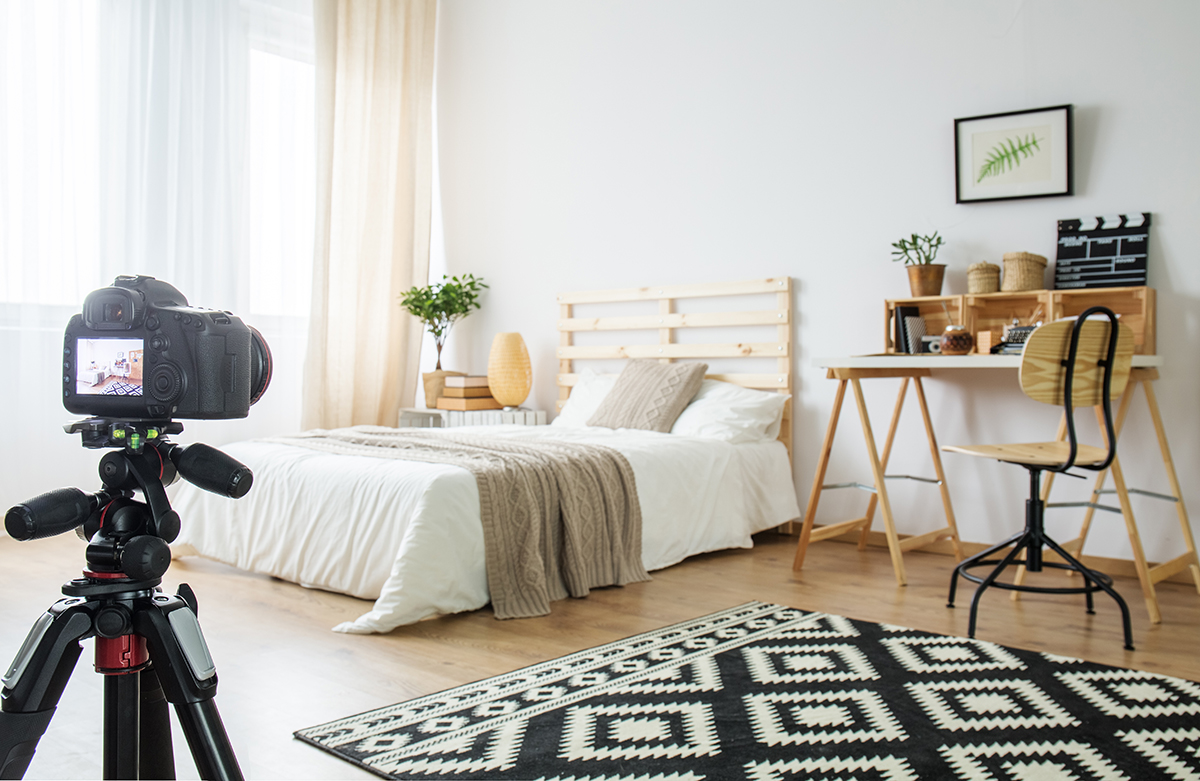Rise by Six: Your Daily Dose of Inspiration
Explore insights and stories that elevate your day.
Capture the Wow: Secrets to Stunning Real Estate Photography
Unlock the secrets to breathtaking real estate photos that sell! Discover tips to capture the wow factor and elevate your listings today.
10 Essential Tips for Capturing Stunning Real Estate Photos
Capturing stunning real estate photos is essential for making a lasting impression on potential buyers. Here are 10 essential tips to elevate your photography skills. First, always use natural light whenever possible. Schedule your shoots during the golden hour—shortly after sunrise or before sunset—for the best lighting conditions. Second, declutter the space. A tidy environment allows buyers to envision themselves living there. Third, pay attention to your composition; use the rule of thirds to create more balanced and visually appealing images. Finally, invest in a wide-angle lens to capture entire rooms in a single shot, providing a more inviting perspective.
Next, don't overlook the importance of staging. Properly staged homes draw attention and highlight the property’s best features. Fifth, use a tripod to ensure stability and avoid blurry photos—this is especially important in low-light situations. Sixth, take multiple shots from different angles to find the most flattering perspective. Seventh, edit your photos to enhance brightness and contrast without overdoing it, keeping the image true to life. Eighth, incorporate outdoor shots to showcase the property’s exterior and surroundings. Ninth, remember to include details; focus on unique architectural elements or high-quality finishes to give potential buyers a deeper sense of the home’s charm. Lastly, always be prepared with backup equipment to avoid last-minute issues that could compromise your shoot.

How to Use Lighting to Enhance Your Real Estate Photography
When it comes to real estate photography, lighting can make or break the appeal of your images. Natural light is your best friend; aim to schedule shoots during the golden hour—shortly after sunrise or before sunset—when the sunlight is soft and warm. This natural glow enhances the property’s features and creates inviting atmospheres. If shooting indoors, be sure to open blinds and curtains to let in as much light as possible, and consider using a tripod to avoid camera shake in lower light conditions.
In addition to natural light, artificial lighting can be strategically used to enhance real estate photography. Using a combination of softboxes and reflectors can help eliminate harsh shadows and brighten dark corners of a room. Be mindful of the color temperature of your light sources; mixing different types can lead to unnatural tones. Always adjust your camera settings accordingly to ensure a balanced exposure, which will help showcase each room in its best light.
What Equipment Do You Really Need for Real Estate Photography?
When starting out in real estate photography, having the right equipment is crucial to capturing stunning images that showcase properties in their best light. At a minimum, you will need a high-quality DSLR or mirrorless camera with a wide-angle lens, as these features allow you to capture expansive views of interiors and exteriors. Additionally, investing in a sturdy tripod is essential for stability and to ensure crisp, clear images, especially in lower light conditions. Don't overlook the importance of good lighting; using external flash units or LED lights can help to illuminate dark spaces and bring out the property’s best features.
Beyond the basics, consider investing in additional gear to enhance your real estate photography skills. A drone can provide breathtaking aerial shots that showcase the property’s surroundings, while a tilt-shift lens helps with perspective control, eliminating distortion in architectural photography. Don't forget about post-processing software; tools like Lightroom or Photoshop are invaluable for editing your images, allowing you to fine-tune exposure, color balance, and sharpness. With the right combination of equipment and skills, you can create stunning visuals that attract potential buyers and stand out in a competitive market.